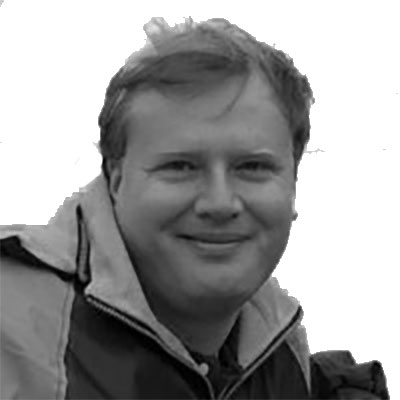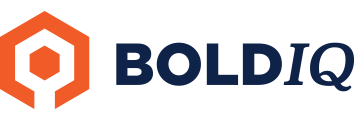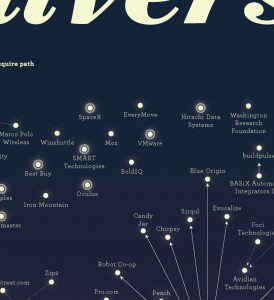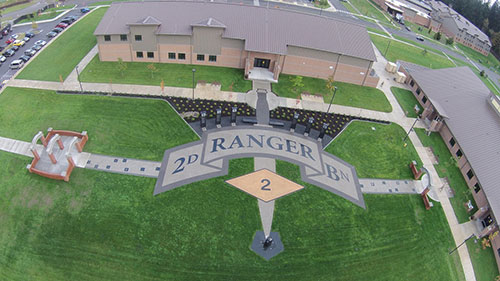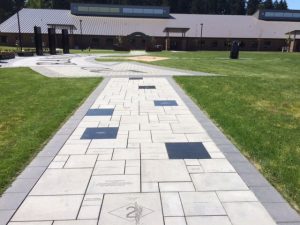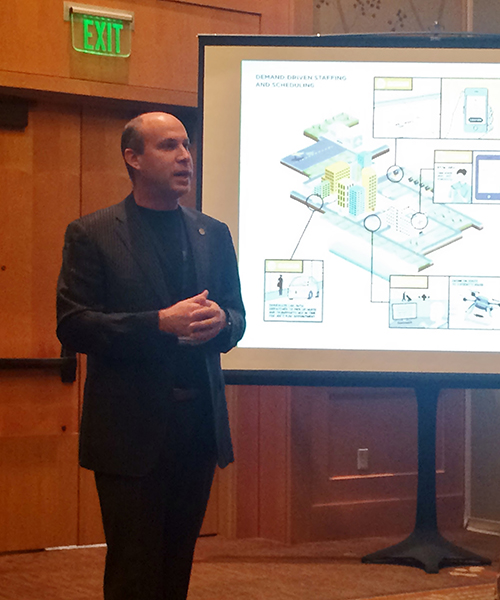December 24, 2015
In
Company News
2015 was the year of the wearables, drones, 3D printing, virtual reality and more — but amid all this innovation, how do you distinguish fad from future staple? To put the question another way: What was the most important technology of 2015?
We asked CEOs, engineers, and innovators across the Pacific Northwest that question as part of our regular Geek of the Week feature. Continue reading to find out why they picked everything from brain organoids to good old-fashioned smartphones, and click on any name to read each person’s full Geek of the Week profile.
BJ Lackland, CEO of LighterCapital: “Lots of financial technology. Of course I’m biased here, since I work at a fintech company. Overall, increasing access to capital on reasonable terms enables lots more people to have opportunities and improve their lives.”
Forest Key, CEO and co-founder of Pixvana, former CEO of Buuteeq: “Ubiquitous video and still photography via cell phones.”
Brian Fioca, serial entrepreneur, Partner at Madrona Venture Labs: “Apple Watch. Just kidding, but I love mine anyway.”
Akash Badshah, Product Architect for Socedo: “Wearables.”
S. “Soma” Somasegar, Partner at Madrona Venture Group, former Microsoft exec: “Machine Learning.”
Priya Cloutier, Founder and Patent Attorney at Cloutier Global Intellectual Property: “Nuclear Power.”
Joe Beda, Entrepreneur in Residence at Accel Partners, Google vet: “Hard to pick one thing. Is this the year of the drone?”
Austin Dale Wheat, Senior Manager, OpenMarket: “Hands down, 3D-printing.”
Rahul Singh, Founder and CEO at Distelli Inc. “Aerial drones.”
Yarelly Gomez, Software Engineering Student at the University of Washington: “3D Printing, for sure.”
Vikram Jandhyala, Innovation Ambassador at the University of Washington: “Drones.”
Brett Greene, co-founder of New Tech Seattle: “Driverless cars.”
Mike Christensen, Senior Software Engineer at BoldIQ: “The Cloud. We’re now finally seeing devices as a commodity, and real innovation happening on the back end.”
Mina Yoo, Founder of Lulabop LLC: “Micro Drone 3.0: Flight in the palm of your hand.”
Kimberly Amundson, Program Officer at PATH: “Speech-jammer app — not really, but it’s quite entertaining.”
Sharon Magliano Feliciano, Founder of ParentingGeekly.com: “Wearables.”
Darren Hardman, COO of Avanade: “Skype for Business. I use it every day to connect and collaborate. Can you remember life without such a collaboration and communication tool?”
Ben Gifford, UX designer at Array Health: “Not wearables. I’d say battery technology: getting smaller, more energy dense. Eventually, this will enable us to do more than we can currently imagine. It would be appropriate to tack graphene on to this discussion as well.”
Carole Tomko, General Manager of Vulcan Productions: “3D imaging enabling all the amazing work being done in the medical field.”
Rahul Bhardwaj, Mechanical Engineering and Robotics Student at Purdue University: “3D printers”
Kassy Coan, Program Manager at Microsoft Bing: “One of the most impressive advancements I’ve noticed recently is the increasing affordability of 3D printers. As they become more affordable, 3D printers are showing us the potential impact of improving on existing technologies. The product output quality is improving and the cost of development is dropping, making them more widely accessible than ever. The reason this price drop is so important is because it widens the audience who have access to this creative medium and puts the creation of technology into more hands.”
Sriharshita Musunuri, High School Student, Thermoelectrics Innovator: “Brain Organoids.”
Jonathon Loucks, Lead Game Designer of Loot & Legends: “Smartphones.”
Colin Walker, Senior Technical Marketing Engineer for ExtraHop: “Yet to be seen, but if they can finish up 5G and get it to the masses, I’d say it’d be a game-changer. Other than that, the IoT movement is making a big push.”
Nick Berry, Data Scientist at Facebook: “There are a few, but I think they are stealth and it will take a few years to appreciate the fruits of their labors. Looking back in a couple of years I hope we’ll see the immense value that technologies like: 3D printing, DIY boards like Raspberry Pi/Arduino, and incredibly cheap cloud computing options have provided. These tools are the Petri dishes for the engineers of our future. The people who are playing with these technologies today will be next decades’ entrepreneurs. It’s investing in the future.”
Erez Benari, Sr. Service Engineer, Identity and Access Management (IAM) at Microsoft: “VR Sets.”
Lesley Baker, Founder of For Jack and Jill: “3D printing. I think there are a lot of exciting applications that are going to continue to happen, evolve in this space.”
Click to see the GeekWire story
